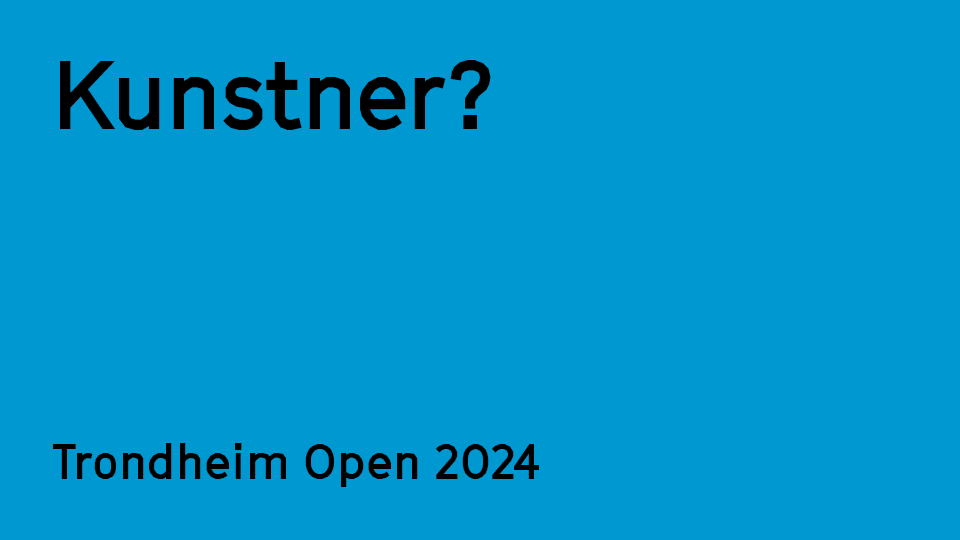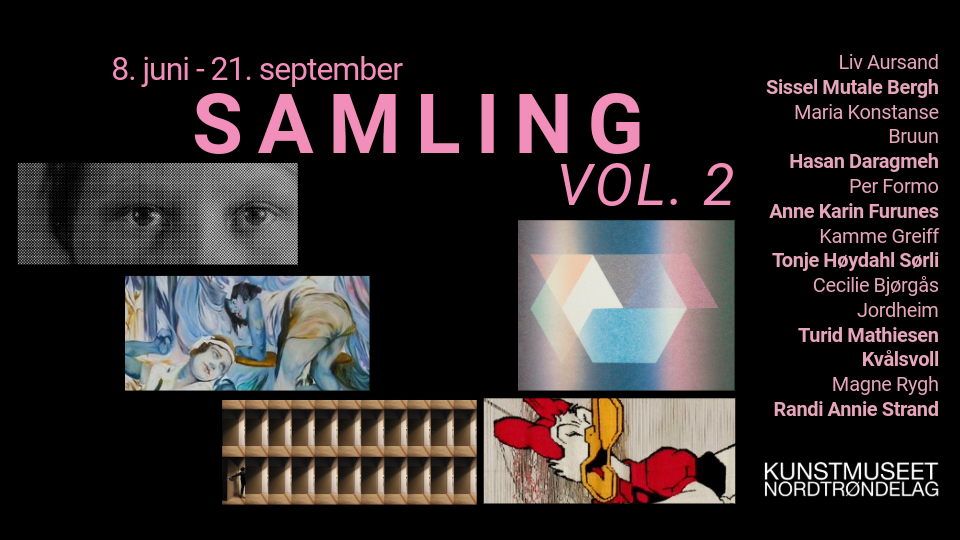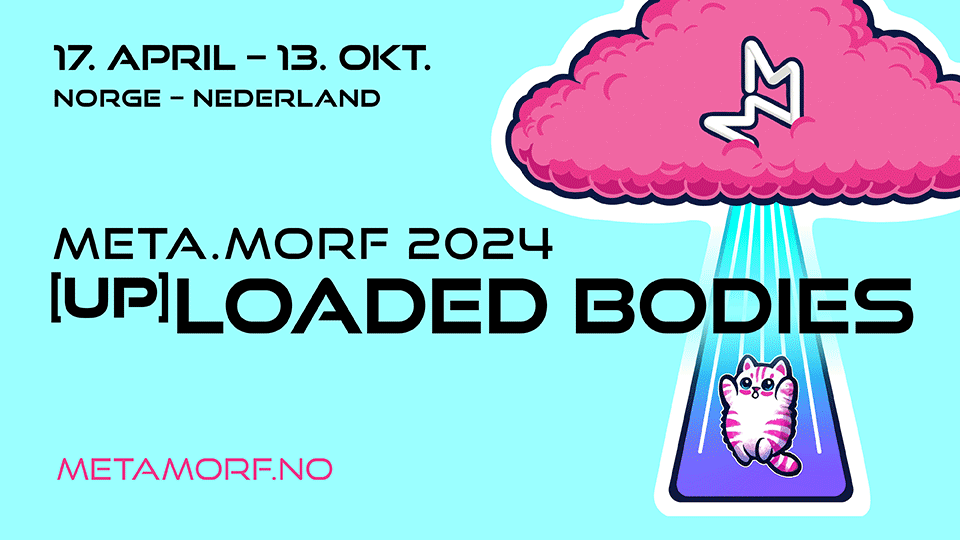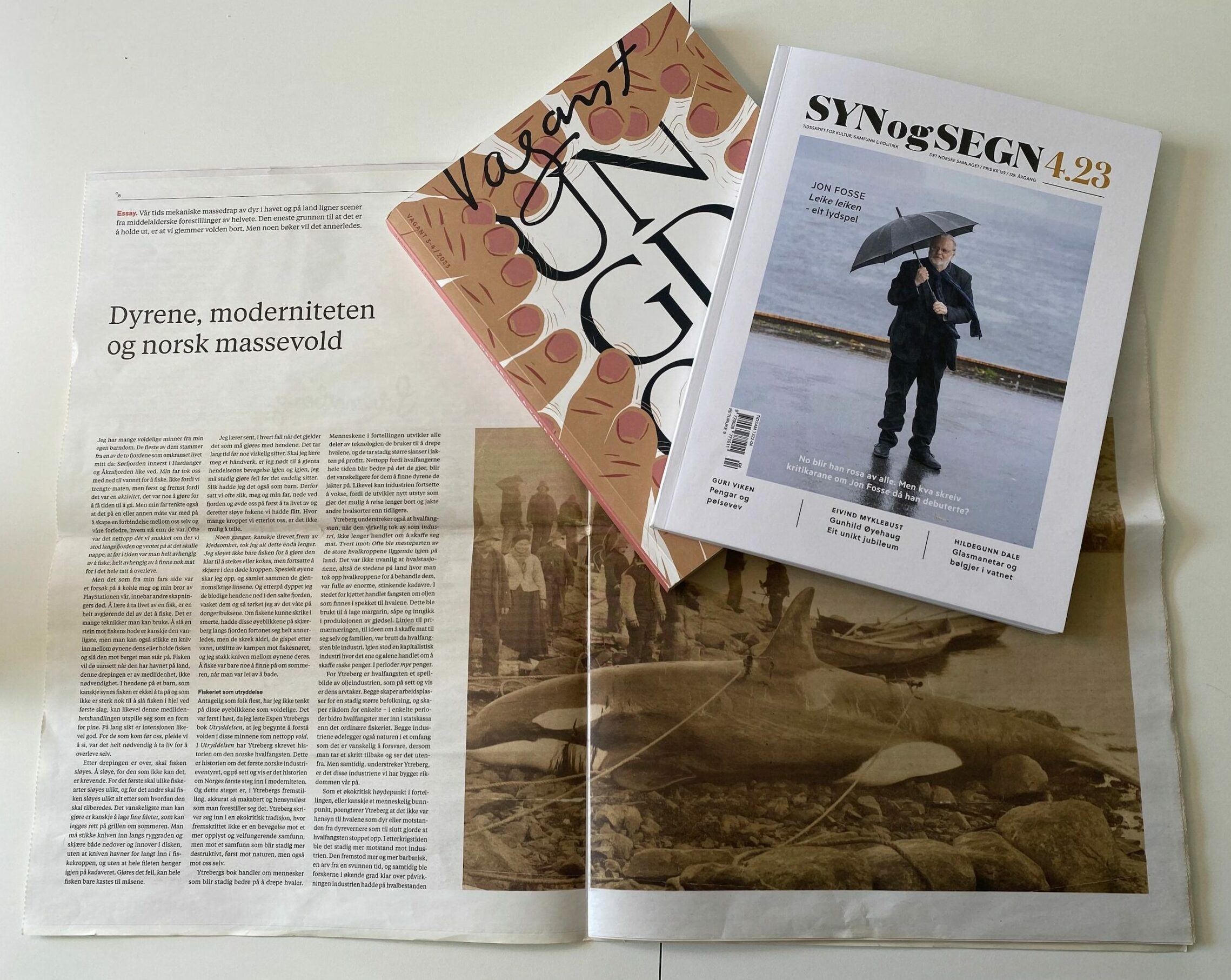Social works, shared space

Interviews, Intervju, Eline Bjerkan 19.05.2016
Last week, Elena Pérez presented her dissertation The Impact of Digital Media on Contemporary Performance. How Digital Media Challenge Theatrical Conventions in Multimedia Theatre, Telematic and Pervasive Performance at NTNU Dragvoll. In her thesis, she discusses, among other things, how digital media challenge and/or re-configure traditional conventions in contemporary performance and how the use of media can serve the artistic practice and/or benefit the aesthetic expression.
The variety of ways to artistically take use of new media is vast; from works that simply include screens to performances where the audience is encouraged to use their own mobile phone in order to participate in the artistic work. From high tech to Skype, the options are increasingly numerous if you are an artist operating within the sphere of new media.
After Pérez’ dissertation, ArtScene Trondheim got the opportunity to exchange some words with 2. opponent Shannon Jackson, professor of Rhetoric and of Theater, Dance and Performance Studies at University of California, Berkeley. During the awaited, celebratory glasses of sparkling, alcoholic beverage, we neatly positioned ourselves in a nearby closet, in company with a printer, stacks of paper and a couple of stepladders.
AST: Elena Pérez’ thesis investigates artworks born at the convergence of digital media and contemporary performance. Curator and art critic Nicolas Bourriaud states that 1990’s relational art is a direct response to the shift to service-based economy, virtual relationships and the web and globalization. In an interview from 2009, Claire Bishop states that:
[The web is] the biggest imaginable repository of banality and aesthetic homogeneity (as the photography site Flickr all too readily demonstrates). It exacerbates a culture of self-focused consumption – providing endless sublimation via music videos, downloads, and online shopping – but also of self-centred exhibitionism. These ‘democratic’ expressions of participation are completely standardised and privatised, with immediate aesthetic consequences.
What is your take on the relationship between art and digital media?
SJ: What Bourriaud and Bishop is both saying is that whether you call it a service economy or a technologically driven economy or landscape, you’re talking about a world where circulation in the digital is sort of standing in for sociality and that it might be replacing certain kinds of sociality.
Bourriaud is also saying that relational aesthetics in the art world, which are often practices that do not take place digitally, but are artworks where the relationality and “being together” is sort of the material of the art event, can be seen as a reaction. This reaction can take many forms; on the one hand you could say that it works as an antidote to the perpetual participation in an online world… that the work promotes offline participation. On the other hand, you could say that relational aesthetics are just the offline version of this online banality. I think there are artworks that operate in the former way, and artworks that operate in the latter way.
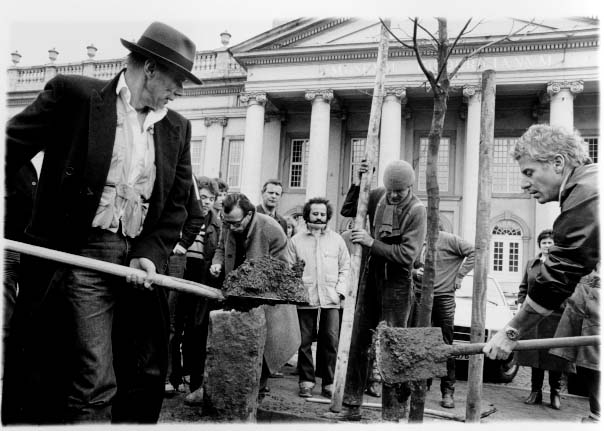 AST: During Pérez’ dissertation, it was established that the mixing of different media is something we can trace back in history, stating the Fluxus movement as an obvious example, and highlighting the Italian Renaissance. Despite this, is there at all something new or unique about today’s situation?
AST: During Pérez’ dissertation, it was established that the mixing of different media is something we can trace back in history, stating the Fluxus movement as an obvious example, and highlighting the Italian Renaissance. Despite this, is there at all something new or unique about today’s situation?
SJ: Well, of course, different kinds of media mixing has been happening since earlier than the Italian Renaissance, but the digital sphere is producing other forms of media mixing. What feels new to us is probably that it challenges (and therefore also produces) a different sense of what presence actually is and what co-presence is, in a way that say, arguably, different kinds of media mixing didn’t quite seem to challenge as much before. At the same time, I think that the language of newness is an old language. The way that we narrate achievement needs to find newness more vigorously than the reality necessarily warrants.
AST: Rather than looking at how art does something to or for a public, I read that you devote attention to works that provoke a sense of the blurred lines between the artist and the social. Could you expound on that?
SJ: I’m interested in artworks that expose the conventions by which that line is delineated. And I’m interested in artworks that create vehicles for meditation on different ways of being together, about the dramaturgy or curation of occupying shared space. Sometimes, to provoke that kind of reflection or meditation, you actually need to re-separate the art and audience. I don’t think that there’s anything about the separation of art and audience that automatically does anything very radical. It’s more about the context in which that gesture appears.
AST: Is not all art, on some level, relational?
SJ: Yes, it absolutely is. And then there are  certain art forms that are explicit about that fact and make use of it. You could say that social art is partly taking up the job of collaborating context and having context be part of the material of the work. So − yes − all art is about context and reception and sociality, the difference is whether you self-consciously decide to make that a part of your material rather than it merely being the after effect or background.
certain art forms that are explicit about that fact and make use of it. You could say that social art is partly taking up the job of collaborating context and having context be part of the material of the work. So − yes − all art is about context and reception and sociality, the difference is whether you self-consciously decide to make that a part of your material rather than it merely being the after effect or background.
AST: I have the impression that a lot of contemporary, participatory art also fits well into the term “social engaged art”. In the Netherlands, for example, there is a group of 225 unreturnable refugees who call themselves We are here. Several artists help them to, by creative means, promote their plea of a residence permit. When does art become activism, and can it still be art then? Does aesthetics become ethics and vice versa?
 SJ: Yes, that’s also a well-known critique of socially engaged artwork. You could say that the quality of the relationship between art work, theme and receiver is being investigated in a work like that. That they’re trying to use an artistic platform in order to reflect upon the poor quality of many of our social relationships. But at the same time, there’s absolutely the risk of instrumentalisation − to use the word that is often used in that context where we have pre-decided ahead of time what the good position is − as to who the good guys and the bad guys are. Consequently, the art work is framed or oriented toward underscoring one argument and seeking one specific outcome. Arguably, art should be doing many things, at least creating more of a context for deliberation, facilitating for reflecting about how we get to quality relationships in a deliberative way rather than fixed or pre-determined. When you look at a social engaged art work and you know ahead of time what you’re supposed to feel, what the right answer is, it isn’t, to me, the most interesting art.
SJ: Yes, that’s also a well-known critique of socially engaged artwork. You could say that the quality of the relationship between art work, theme and receiver is being investigated in a work like that. That they’re trying to use an artistic platform in order to reflect upon the poor quality of many of our social relationships. But at the same time, there’s absolutely the risk of instrumentalisation − to use the word that is often used in that context where we have pre-decided ahead of time what the good position is − as to who the good guys and the bad guys are. Consequently, the art work is framed or oriented toward underscoring one argument and seeking one specific outcome. Arguably, art should be doing many things, at least creating more of a context for deliberation, facilitating for reflecting about how we get to quality relationships in a deliberative way rather than fixed or pre-determined. When you look at a social engaged art work and you know ahead of time what you’re supposed to feel, what the right answer is, it isn’t, to me, the most interesting art.
But I also understand that you can  widen the frame somewhat differently, say: I don’t know the context of that particular work, the one with refugees, but depending on the context in which it appears, there might be a lot more complexity and a lot more that’s interesting and deliberative about this work. If I come upon this type of work in a context where I’m not used to seeing art, for example, and I suddenly see this kind of confusing thing, it could provoke a different kind of shock or de-familiarization of my everyday world. That would be a different situation than if the circumstances were clear and controlled and we knew how we were supposed to think and we had paid our ticket and could leave and digest the work easily.
widen the frame somewhat differently, say: I don’t know the context of that particular work, the one with refugees, but depending on the context in which it appears, there might be a lot more complexity and a lot more that’s interesting and deliberative about this work. If I come upon this type of work in a context where I’m not used to seeing art, for example, and I suddenly see this kind of confusing thing, it could provoke a different kind of shock or de-familiarization of my everyday world. That would be a different situation than if the circumstances were clear and controlled and we knew how we were supposed to think and we had paid our ticket and could leave and digest the work easily.
That’s the hard thing about analysing this kind of work, the fact that there are so many different factors that are very much contributing to it. I do want to say that there’s a lot of people that are interested in exploring sociality − the give and take of different relations and what it means to occupy space and what it is to interact − that do not necessarily focus on a social justice issue. And that seems just fine.
Shannon Jackson, professor of Rhetoric and of Theater, Dance and Performance Studies at University of California, Berkeley, has written among others Social Works – performing art, supporting publics. Upcoming book; The Way We Perform Now.

